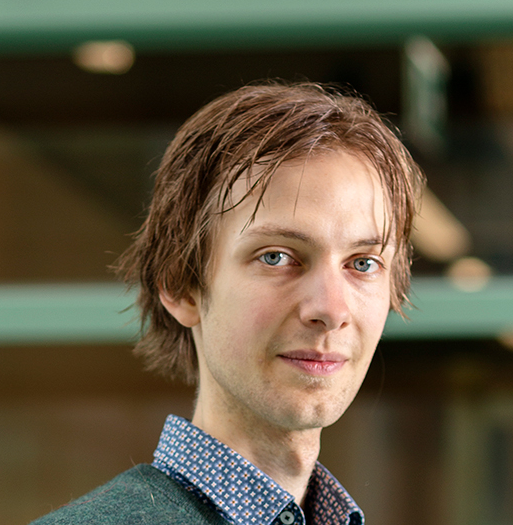Dr Mari Chikvaidze shares the impact of her Partnership Grant project, where students investigated if they could design medicinal drugs using computers and augmented reality (AR).

Claremont High School Academy is an 'Outstanding' secondary school located in the London borough of Brent. The school is mixed, comprehensive, and serves a diverse community with a higher than national deprivation indicator. STEM subjects are prevalent at A-level, and STEM clubs are always in high demand. I currently work as a teacher of mathematics at Claremont, and lead on STEM, as well as coordinate Level 3 Extended Project Qualifications. Prior to entering the teaching profession, I completed a combined PhD in Natural Sciences and Mathematics, and my genuinely cross-disciplinary research focused on computational modelling of biological molecules.
Since becoming a classroom teacher I noticed that, although STEM is an umbrella term referring to science, technology, engineering, and mathematics as separate subjects or in combination, in state schools, it's often limited to sciences and mathematics only. I believe that teaching these subjects in isolation is not reflective of the technological advancements of the 21st century. Subsequently, the UK is facing a shortage of STEM-skilled professionals, as the supply of young people into STEM-related jobs is not keeping up with the demand. To address this issue, I am incredibly passionate about promoting STEM by sharing ideas from my PhD research with young people from a diverse range of backgrounds. I use every opportunity presented to me to further this aim.
In 2013, with the help of the award-winning charity The Brilliant Club, I created my first ever, university-style course based on my PhD research interests. I delivered it to a small group of students from disadvantaged backgrounds, across state schools in London. Since then, I have redesigned the content of the course several times, including making it accessible to year 9 students at the Royal Institution Computer Science Masterclasses, where I've been volunteering as a speaker for over four years now. Furthermore, being awarded a Royal Society Partnership Grant allowed me to purchase high-quality equipment and partner with Dr Vladimir Teif from the University of Essex to redesign the content of the course, this time to include the cutting-edge augmented reality (AR) applications.
Attending the club allows students at Claremont High School Academy to see links between STEM subjects and discover their applications in a real-world setting. I run the club in my humble classroom, where the only expensive equipment is the iPads purchased with the Royal Society Partnership Grant. I encourage students to borrow these iPads regularly and make use of the software installed to carry out self-driven, investigative projects on biological molecules of their choice. iPads are essential for visualising disease-related molecules and building computational models of medicinal drugs that interact with these molecules.
A year 12 student at Claremont reflects on her experiences of attending the club: "The Royal Society [Partnership Grant project] has exposed me to the importance and intricacy of drug design using computational methods. We had the opportunity to learn from a university lecturer and use iPads".
In March 2019 a select number of students who participated in the STEM club, presented their projects at an International Student Science Conference held in the ancient Tonbridge Public School in Kent. Claremont High School was the only non-selective state school represented among well-known independent schools from across the UK, as well as schools from Germany and Japan. Opportunities like these are priceless for state school students. If not for the Royal Society Partnership Grant, attending such a prestigious conference and presenting their work would have been impossible for students from Claremont.
STEM education is becoming increasingly important, especially in light of the current Coronavirus pandemic. A growing number of students are interested in learning how to design novel drugs to target diseases. In addition to the support from the Royal Society, I was fortunate enough to have been awarded the Classroom Changemakers Award from Nesta, the innovation foundation. I purchased additional iPads with the award, to welcome even more students to the STEM club. Furthermore, during the national lockdown and with the help from The Brilliant Club, I developed a virtual STEM masterclass to reach out to even wider audiences both in primary and secondary settings.
Receiving the Royal Society Partnership Grant has been an enormous boost to kickstart the collaboration with a university partner. Dr Teif, who is also a STEM Ambassador, is keen to continue working on this project. He comments on his involvement with the club: "Overall it was a…positive experience. I am thrilled to be involved in this outreach project!". Together, we are working on a publication in an educational journal to disseminate pedagogical approaches of teaching STEM in schools using computational biophysics. Our next step would also be to produce an open-access AR-enabled textbook.
I hope reading this blog will inspire more STEM teachers to apply for a Royal Society Partnership Grant. For me, being awarded this grant has been instumental in fixing the pipeline and inspiring students in my school to choose and excel in STEM subjects.




